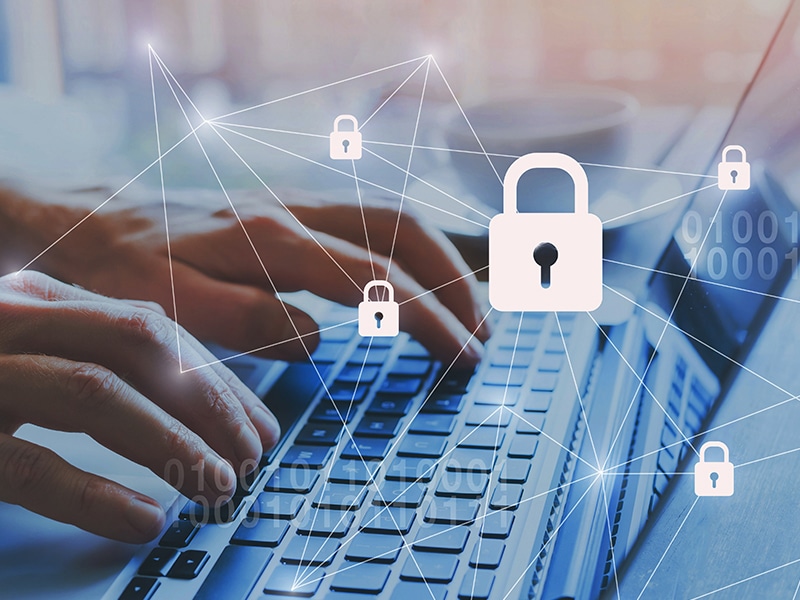
In today’s digital world, our personal and professional lives are increasingly reliant on the information we store online and on our devices. This data can include everything from financial records and work documents to personal photos and communication. Protecting this sensitive information is crucial, and we are here to help you navigate the ever-evolving landscape of data security. Here are some essential tips to keep your data safe and secure:
Steps to Keep Your Data Safe and Secure
1. Build a Fortress with Strong Passwords and Multi-Factor Authentication
The first line of defense against unauthorized access is a strong password. Avoid using easily guessable information like birthdays, pet names, or common words. Instead, opt for a combination of uppercase and lowercase letters, numbers, and symbols, with a minimum length of 12 characters.
Multi-factor authentication (MFA) adds an extra layer of security by requiring a second verification step beyond your password, such as a code sent to your phone or a fingerprint scan.
Remember, never share your passwords or login credentials with anyone, and consider using a password manager to help you create and manage complex passwords for all your online accounts.
2. Secure Your Wi-Fi Network: Your Digital Gateway
Public Wi-Fi networks are convenient, but they can also be breeding grounds for data breaches. Avoid accessing sensitive information or making online transactions on unsecured networks.
At home, secure your Wi-Fi network with a strong password and enable encryption (WPA2 or WPA3). Additionally, consider using a guest network for visitors to prevent them from accessing your personal devices and data on the main network.
3. Be Wary of Phishing Attempts: Don’t Take the Bait
Phishing emails and websites are designed to trick you into revealing personal information or clicking on malicious links. These scams often appear legitimate, mimicking trusted institutions like banks or social media platforms.
Be cautious of unsolicited emails, even if they appear to be from familiar senders. Never click on suspicious links or attachments, and double-check website URLs before entering any login credentials. If you’re unsure about an email’s legitimacy, contact the sender directly through a trusted channel.
4. Keep Your Software Up to Date: Patching the Leaks
Outdated software can contain vulnerabilities that hackers can exploit to gain access to your system and data. Regularly updating your operating system, applications, and firmware on all your devices (computers, phones, tablets) is crucial to ensure they have the latest security patches.
Enable automatic updates whenever possible to simplify this process and stay protected against emerging threats.
5. Embrace the Power of Backups: Be Prepared for the Worst
Even with the best precautions, unforeseen circumstances like device failures or malware attacks can lead to data loss. Regularly backing up your data is an essential safety net.
There are various backup options available, including external hard drives, cloud storage services, and built-in backup features on your devices. Choose a method that suits your needs and ensure your backups are stored securely, preferably in a separate location from your primary devices.
6. Be Mindful of What You Share Online: Draw the Line
While social media and online platforms offer valuable ways to connect and share information, it’s important to be mindful of what you post. Over sharing personal details like your home address, phone number, or birthdate can increase your risk of identity theft and targeted scams.
Review the privacy settings for your social media accounts and online profiles, and adjust them to limit who can see your information.
